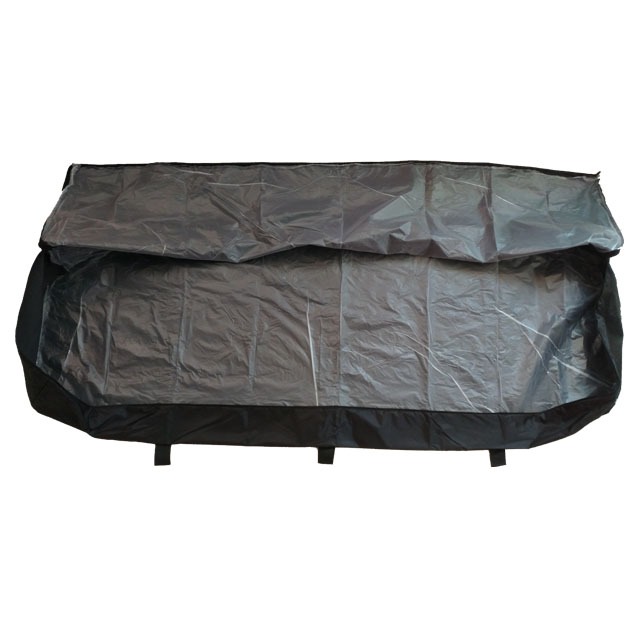Cadaver bags are essential tools in the respectful handling and transportation of deceased individuals. Understanding the various situations in which they are used can help professionals ensure that they are equipped to provide the highest level of care and respect. This article explores the contexts in which cadaver bags are employed, including hospitals, mortuaries, and crime scenes.

1. Hospitals
In hospitals, cadaver bags are primarily used in emergency departments and intensive care units. When a patient passes away unexpectedly or in situations where immediate family cannot be present, medical staff must act quickly and professionally.
Situations in Hospitals:
- Unexpected Deaths: In cases where patients die suddenly, cadaver bags provide a dignified way to contain and transport remains.
- Infectious Diseases: If a patient dies from a contagious illness, cadaver bags help prevent the spread of pathogens, ensuring safety for healthcare workers and other patients.
- Transport to Mortuary: After death is confirmed, cadaver bags are used to transport the body to the morgue or funeral home, maintaining respect throughout the process.
2. Mortuaries
In mortuaries, cadaver bags serve several purposes, from initial handling to preparation for burial or cremation. They are crucial in ensuring that the deceased are treated with dignity and care.
Situations in Mortuaries:
- Initial Handling: Mortuary staff often use cadaver bags immediately upon receiving the remains to maintain a clean and respectful environment.
- Preparation for Viewing: Cadaver bags can serve as temporary storage while preparing the body for public viewing or final arrangements.
- Transport: They are also used to transport remains to cemeteries or crematories, ensuring safe and respectful handling throughout the journey.
3. Crime Scenes
Law enforcement and forensic teams frequently utilize cadaver bags at crime scenes. When a body is discovered, it is crucial to preserve the integrity of the evidence while ensuring the deceased is treated with respect.
Situations at Crime Scenes:
- Preserving Evidence: Cadaver bags designed for crime scenes often feature secure seals to prevent contamination or tampering with evidence.
- Handling Violent Deaths: In cases of homicide or accidents, cadaver bags provide a way to transport remains without disturbing the crime scene.
- Safety Protocols: Specialized cadaver bags may be used for victims of violent crimes or hazardous materials, protecting both the remains and the personnel handling them.
